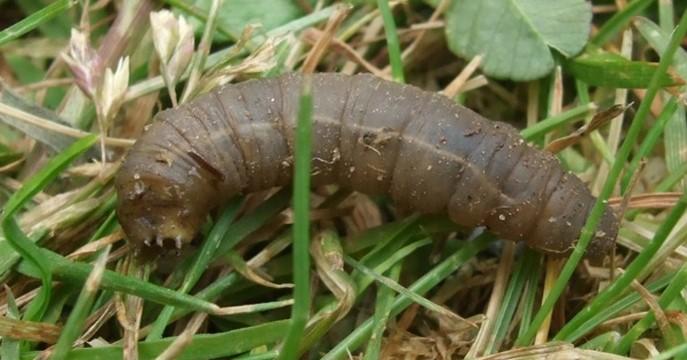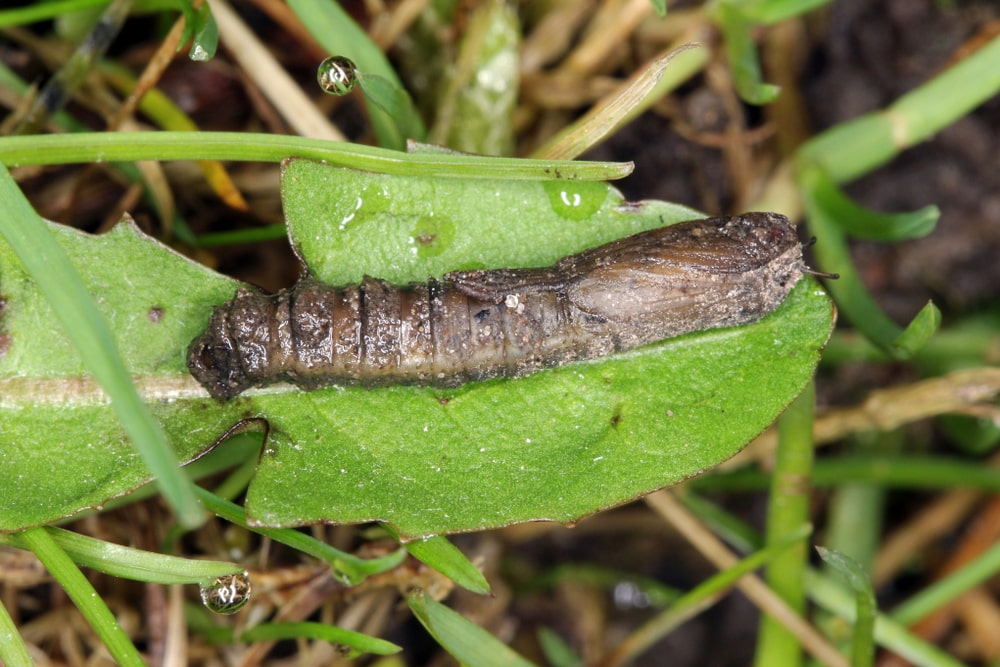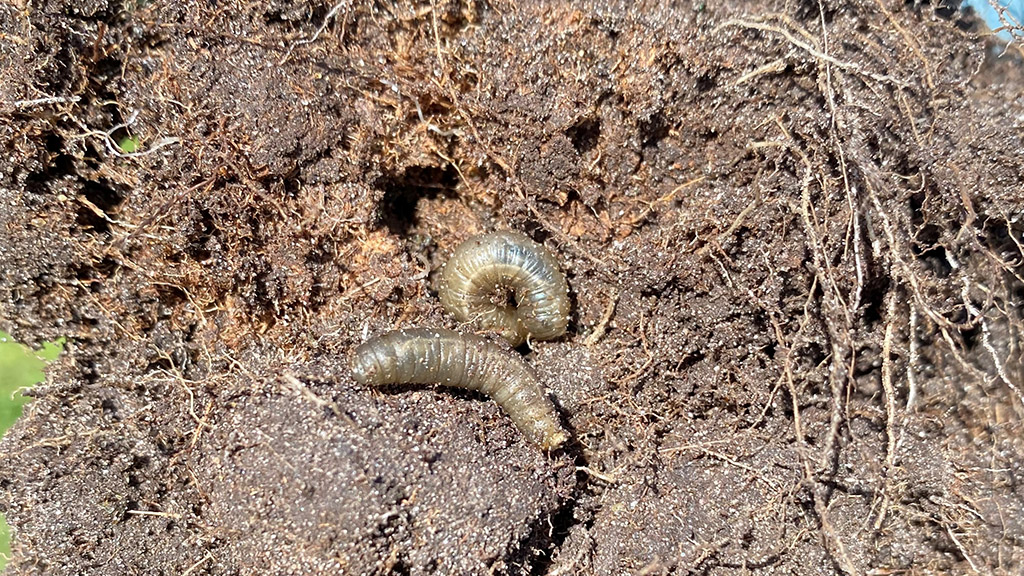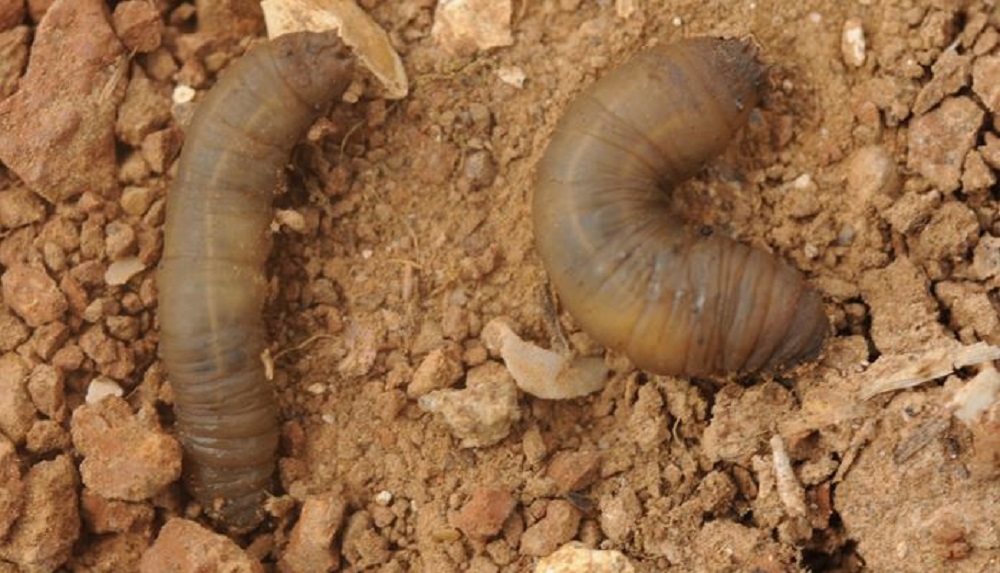
Having problems with leatherjackets?
Leatherjackets are the larval stage of the crane fly or daddy-long-legs, they are about 2.5cm (1″ long), greyish black in colour, legless and with no distinct head.
Expert Leatherjacket Control Services in the UK
Leatherjackets are the soil-dwelling larvae of craneflies (commonly called daddy longlegs). While many cranefly species are harmless and even beneficial, some feed on living plant material and can cause serious damage to lawns, beds and borders. At Shire Pest Solutions we deliver targeted biological treatments that protect your turf without harsh chemicals.
Understanding Leatherjackets
Britain has around 350 cranefly species across six true fly families (Tipulidae, Pediciidae, Limoniidae, Cylindrotomidae, Trichoceridae and Ptychopteridae). Leatherjackets live in the upper soil. Some recycle organic matter and algae; others feed on living roots and stems, thinning lawns and killing seedlings.
How to Identify Leatherjackets
- Appearance: Elongated, tubular grubs up to 30 mm long, grey-brown, legless and without a distinct head.
- Signs in lawns: Yellow or brown patches and turf that lifts easily because roots have been eaten.
- Bird activity: Crows, magpies, rooks and starlings peck small round holes when feeding on them.
- Confirmation: Lift a section of affected turf and check the soil. You can also soak the area and cover it overnight with light-proof material to draw larvae up.
Where and When Do They Cause Damage?
- Lawns: Patches of dying grass and loose, easily lifted turf.
- Beds and veg plots: Seedlings and small plants may be cut off at soil level as stems are grazed.
- Seasonality: Adult craneflies appear towards the end of August and lay eggs soon after; young larvae are most susceptible at this time. Spring activity can also be significant.
How to Prevent and Control Leatherjackets
- Monitor flights: Seeing daddy longlegs in late summer is the cue to plan treatment.
- Turf health: Maintain good drainage, sensible mowing height and balanced feeding to help grass recover.
- Encourage predators: Birds and beneficial organisms can help reduce numbers.
- Spot checks: Investigate new discoloured patches promptly by lifting small sections of turf.
Our Professional Remedy
We use a 100% biological control watered into the turf/soil. It enters leatherjackets and infects them with a bacterial disease. For best results, soil should be well-drained but moist.
- Timing: Two treatments per year for active infestations (spring and autumn) give maximum protection. A single late-summer/early-autumn treatment can work well when timed immediately after cranefly flights.
- Aftercare: Keep the lawn evenly watered for at least two weeks after application to ensure effectiveness.
Do Leatherjackets Carry Diseases?
No. Leatherjackets are not known to transmit diseases to humans or animals. Their impact is horticultural, through feeding damage to roots and stems.
Do Leatherjackets Bite or Sting?
No. They do not bite or sting; the issue is the damage they cause to plants and turf.
When to Call a Professional
If you are seeing widespread yellowing, frequent bird peck holes, or turf that lifts easily, book an inspection. Our technicians use professional-grade biological products and provide tailored prevention advice to stop repeat problems. Need help now? Contact Shire Pest Solutions.
Leatherjacket Control FAQ
More About Shire Pest Solutions
Shire Pest Solutions is a trusted and local pest control company proudly serving homes and businesses across Oxfordshire and beyond. We have built our reputation on professionalism, reliability, and fast response times, specialising in the safe and effective removal of pests including ants, wasps, rodents, bed bugs, and more.
Our expert technicians hold full qualifications and use the latest tools and treatments to resolve pest problems quickly and safely—without unnecessary disruption. Whether you face a minor domestic issue or a large-scale commercial infestation, we design our services to meet your needs with minimal fuss and maximum effectiveness.
Based locally, we regularly assist customers in Didcot, Wallingford, Abingdon, Wantage, Witney, Newbury, Thame, Thatcham, and Stokenchurch. Our knowledge of the local area enables us to provide rapid call-outs and treatments that are suited to the unique pest challenges of each location.
At Shire Pest Solutions, we don’t just eliminate pests—we stop them from returning. We offer transparent pricing with no hidden fees, and we dedicate ourselves to customer satisfaction, making us the go-to pest control provider for homeowners, landlords, and commercial clients alike.
Contact us today to arrange a call-out or find out more about our pest control services across Oxfordshire and surrounding areas.



